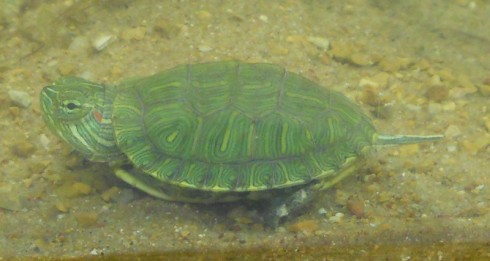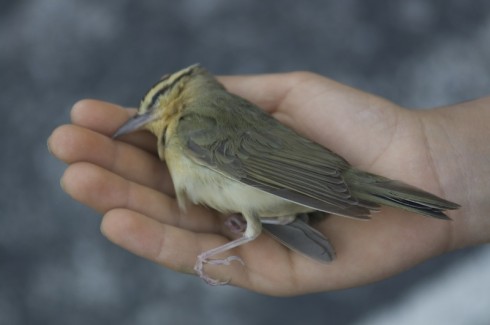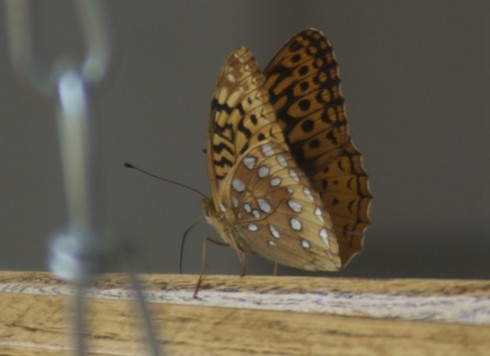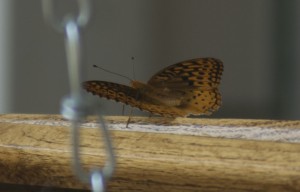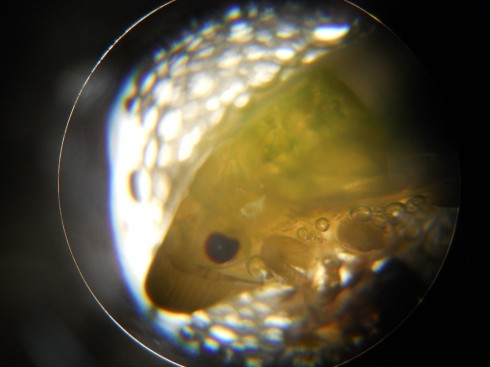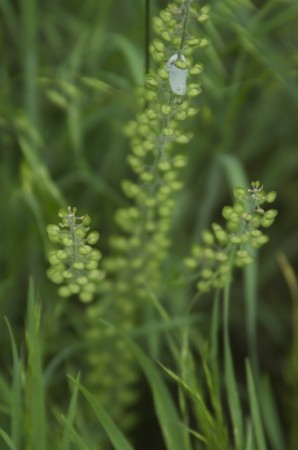
This little guy was rescued just down the road by one of our bicyclists. His under-shell, which is called the plastron, is beautifully decorated.
It’s in the fish tank with the tadpoles at the moment. Red-eared sliders grow to 12-25cm long, and they’re named after the red splotch that’s located just behind their eye.
It seems happy enough in the tank, but we’ll release him to the creek at the end of the semester in a couple weeks.
They’re native to Missouri, but according to the Missouri Department of Conservation’s nice little reference book, Show Me Herps, these have been the targets of illegal collection, and international trade. Ones released in Europe have become invasive species there.
